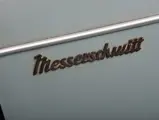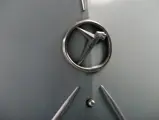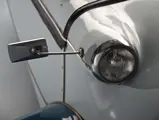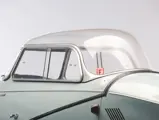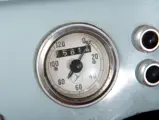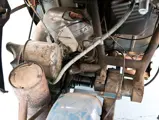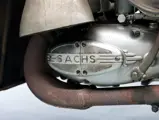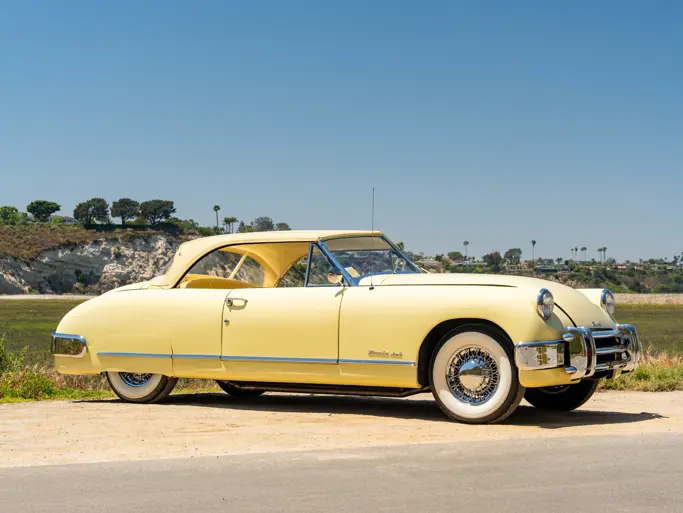With three owners from new, it is a very original example from Messerschmitt’s transitional period.
SPECIFICATIONS
Manufacturer: Fahrzeug und Maschinenbau Regensburg
Origin: Regensburg, Germany
Production: 30,286
Motor: Fichtel & Sachs 2-stroke
Displacement: 191 cc
Power: 9.7 hp
Length: 9 ft. 3 in.
Identification No. 67293
The Messerschmitt Kabinenroller (enclosed scooter) was designed by Fritz Fend, a German aircraft engineer. As a “gap-filler” product for the aircraft manufacturer, who was prohibited from building planes after World War II, the vehicle was built in Messerschmitt factories, albeit under the aegis of a separate company, Regensburger Stahl und Metallbau, GmbH. In 1956, Messerschmitt was allowed to re-enter the aeronautical business, so the Kabinenroller business was spun off completely.
On January 15, 1957, Kabinenroller designer Fend and brake-supplier Knott formed Fahrzeug und Maschinenbau, Regensburg and took over production of the Kabinenroller. Still allowed to use the Messerschmitt name, they could no longer use the bird emblem, so they created a badge consisting of three linked squares containing the letters F, M, and R. Old stock was still being used into 1958; however, this totally original car is seen with the old-style badge and trim, including the old-style rectangular “stick” mirrors that have been moved to the headlight pods, along with the later two-tone scheme, in which the entire front fender is painted the second color.
This example was bought by the proprietor of the Bad Iburg Museum in Germany, Manfred Knauper, from the original owner in 1977. It was driven briefly but spent essentially 30 years in hibernation in the museum, until its acquisition by Bruce Weiner.
In remarkable condition, it presents well, although there is some surface rust on rear panels. The brightwork is generally good, but it could benefit from careful detailing. The interior, although showing age and use, is not significantly worn. Similarly, the engine shows use but is clean, although not highly detailed. The second generation (1957–1958) dashboard has minimal instrumentation, just a metric speedometer, on which the odometer reads 75,600 kilometers, believed correct. A rare example, it is one of the most original of its type in existence and is often referred to as serving as a benchmark for an evolutionary era of Messerschmitts.

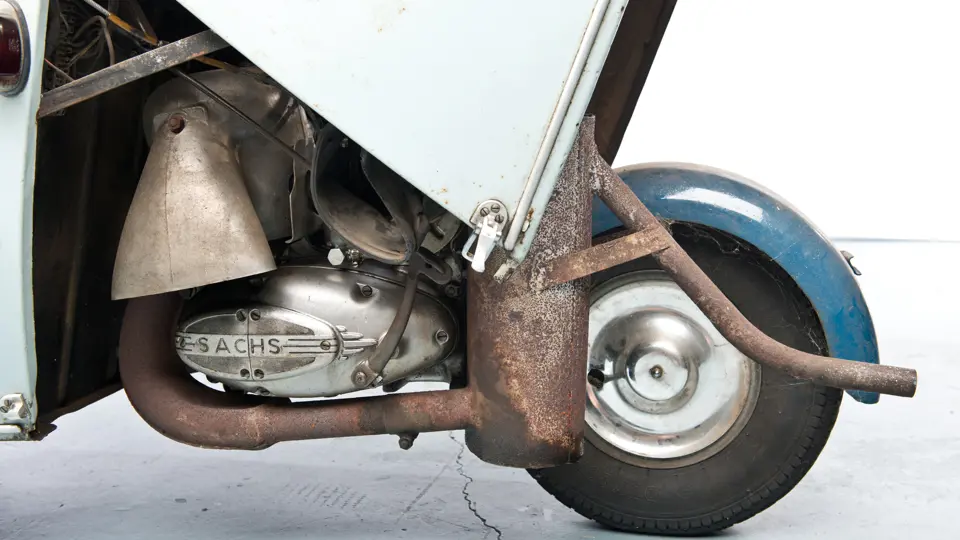



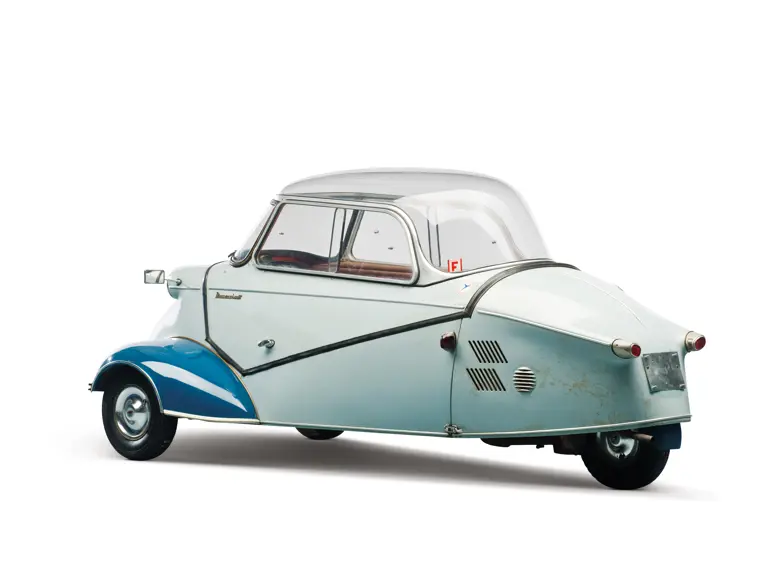

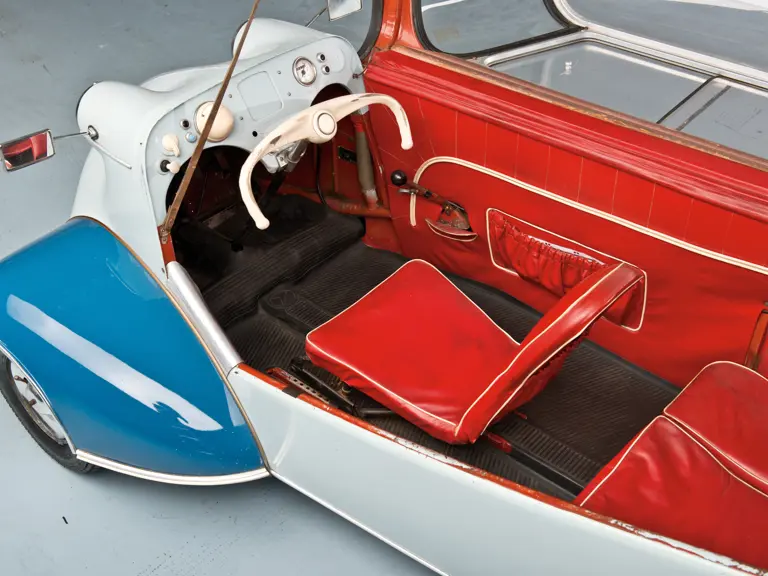
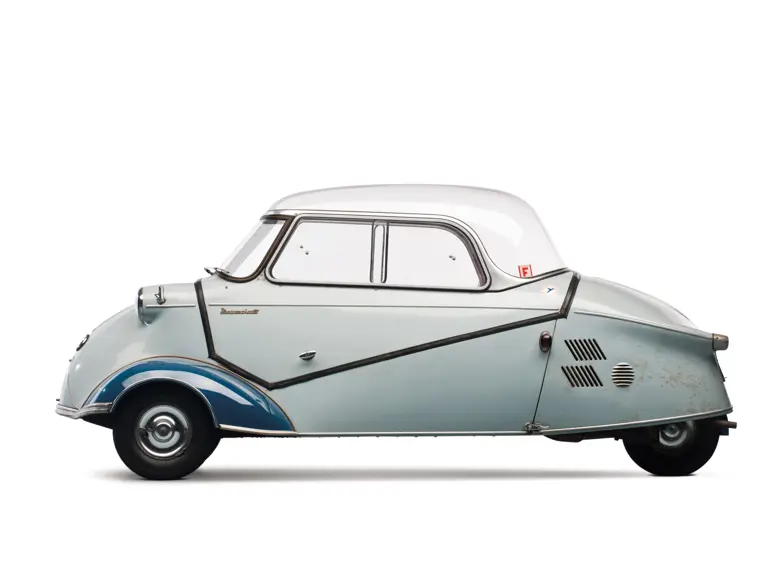
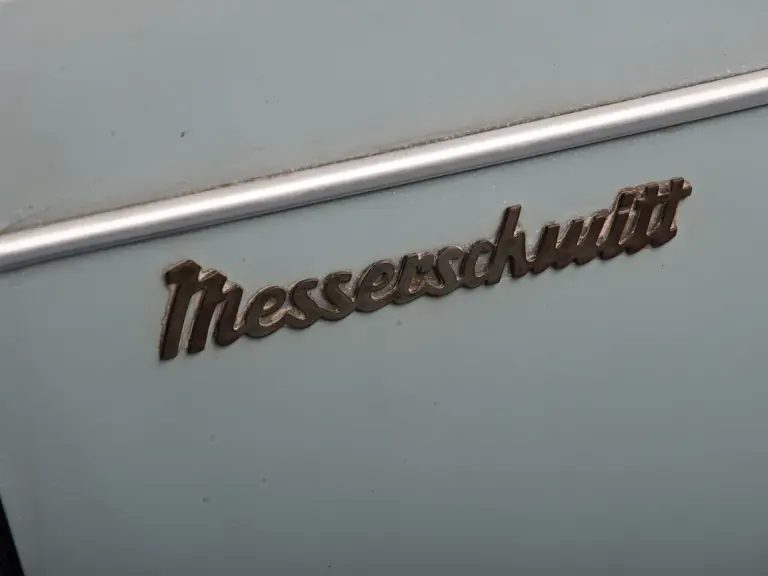
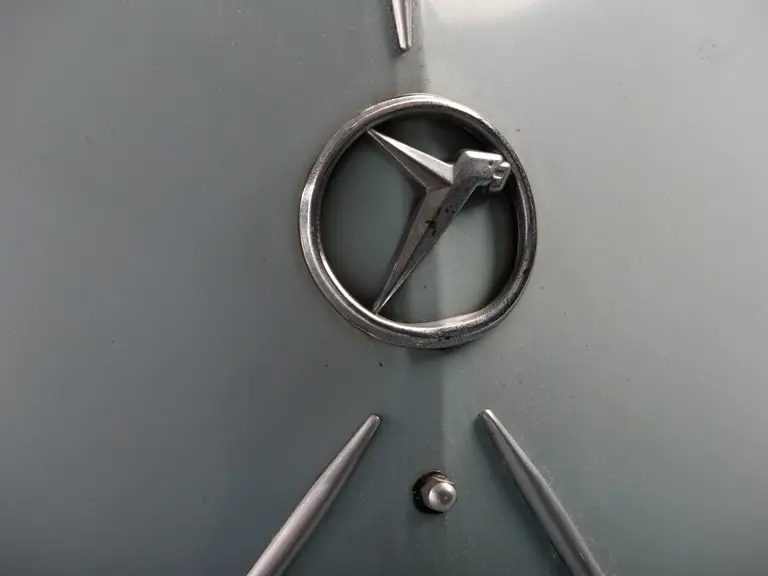
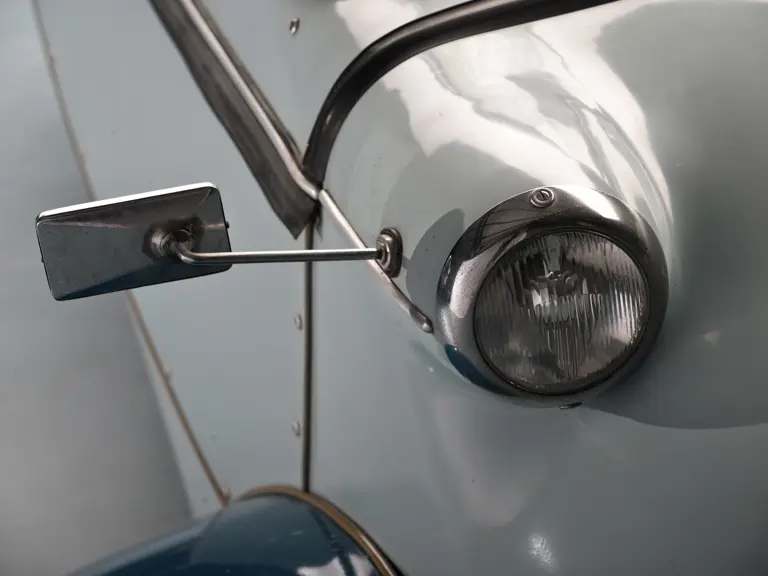
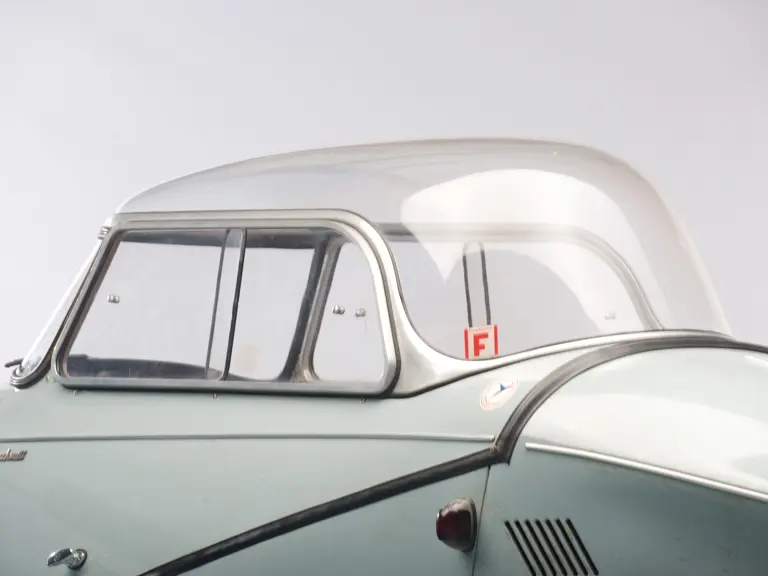
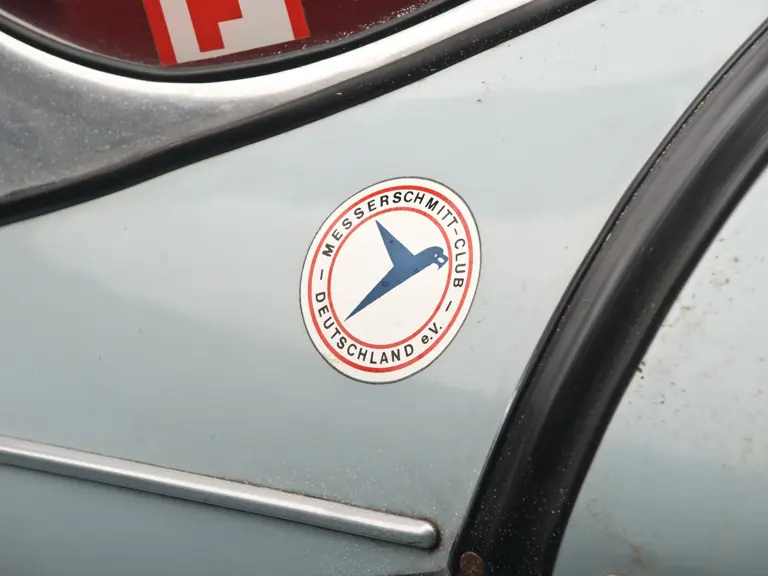
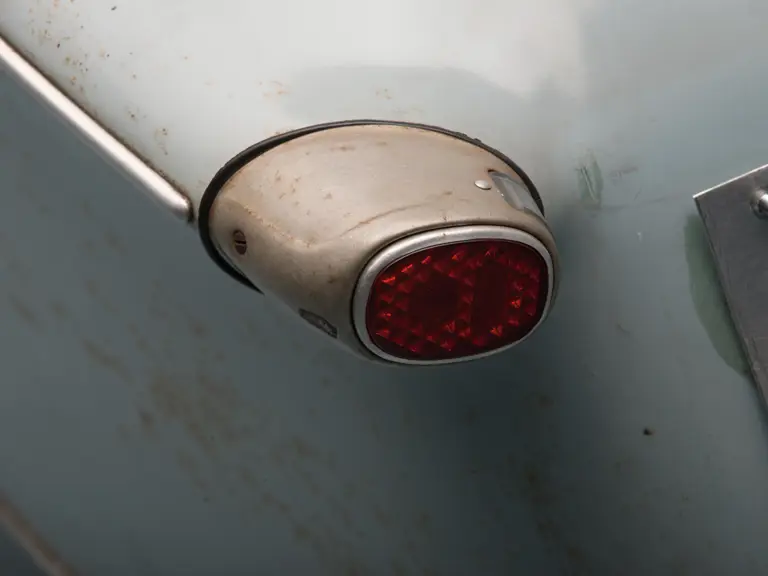

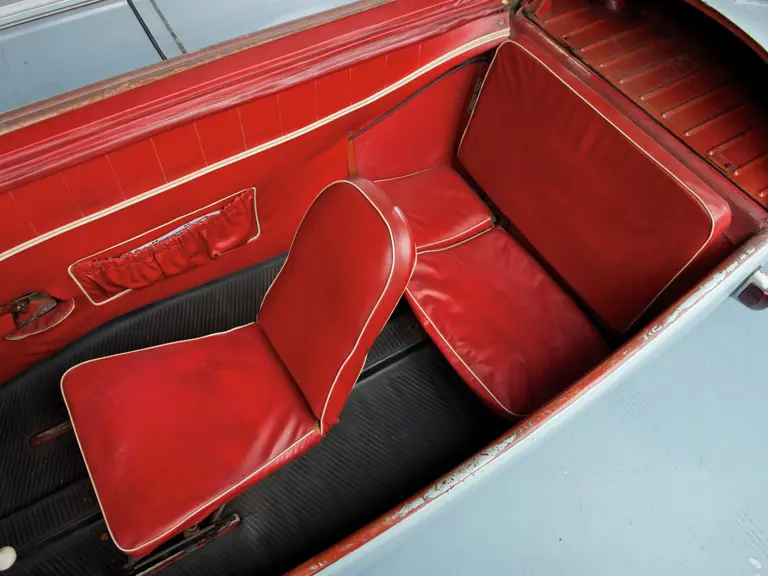
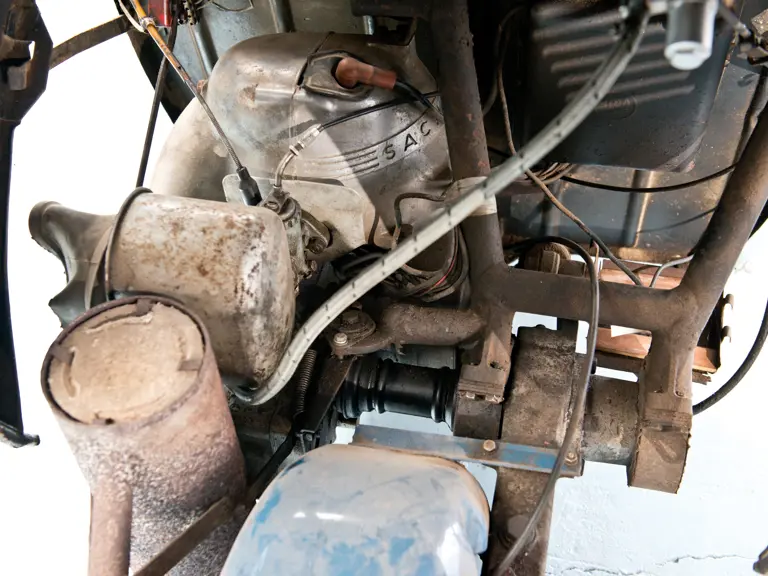
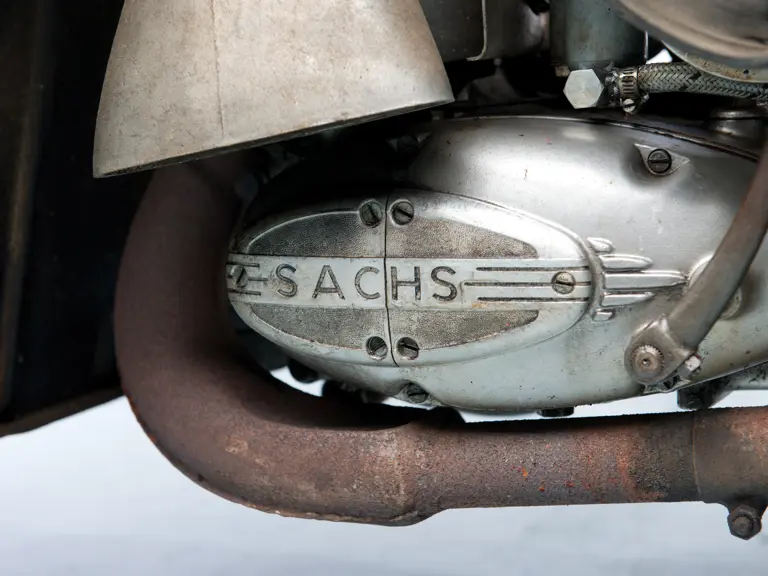
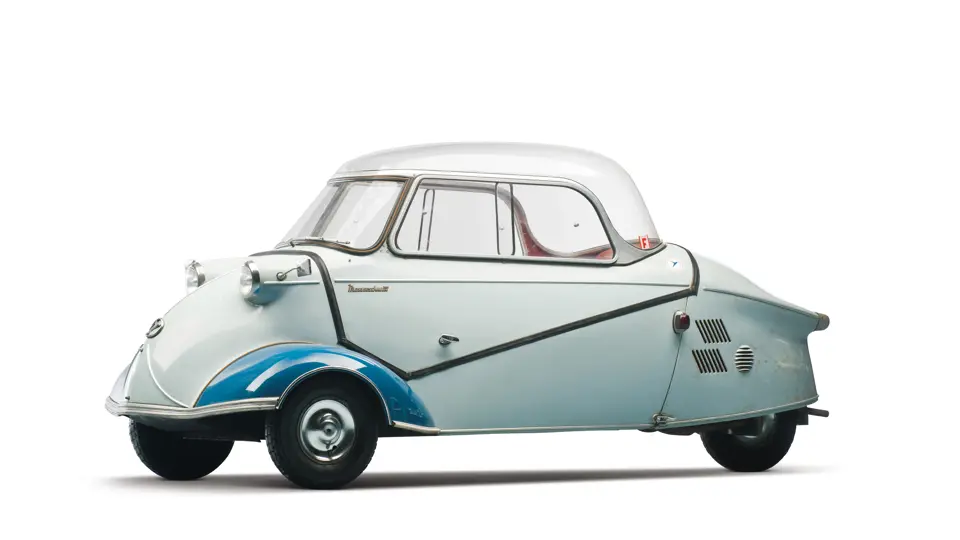
 | Madison, Georgia
| Madison, Georgia




